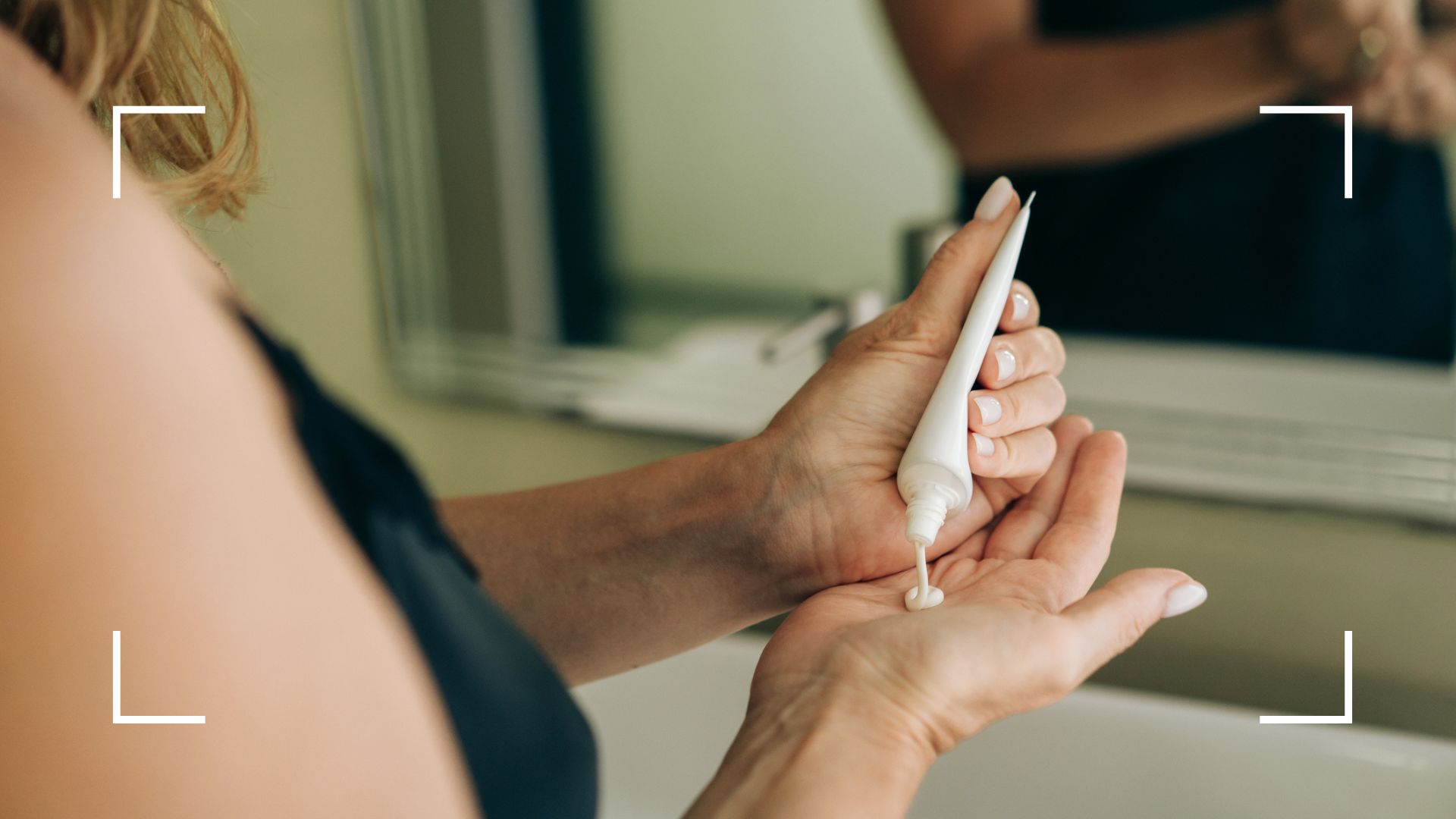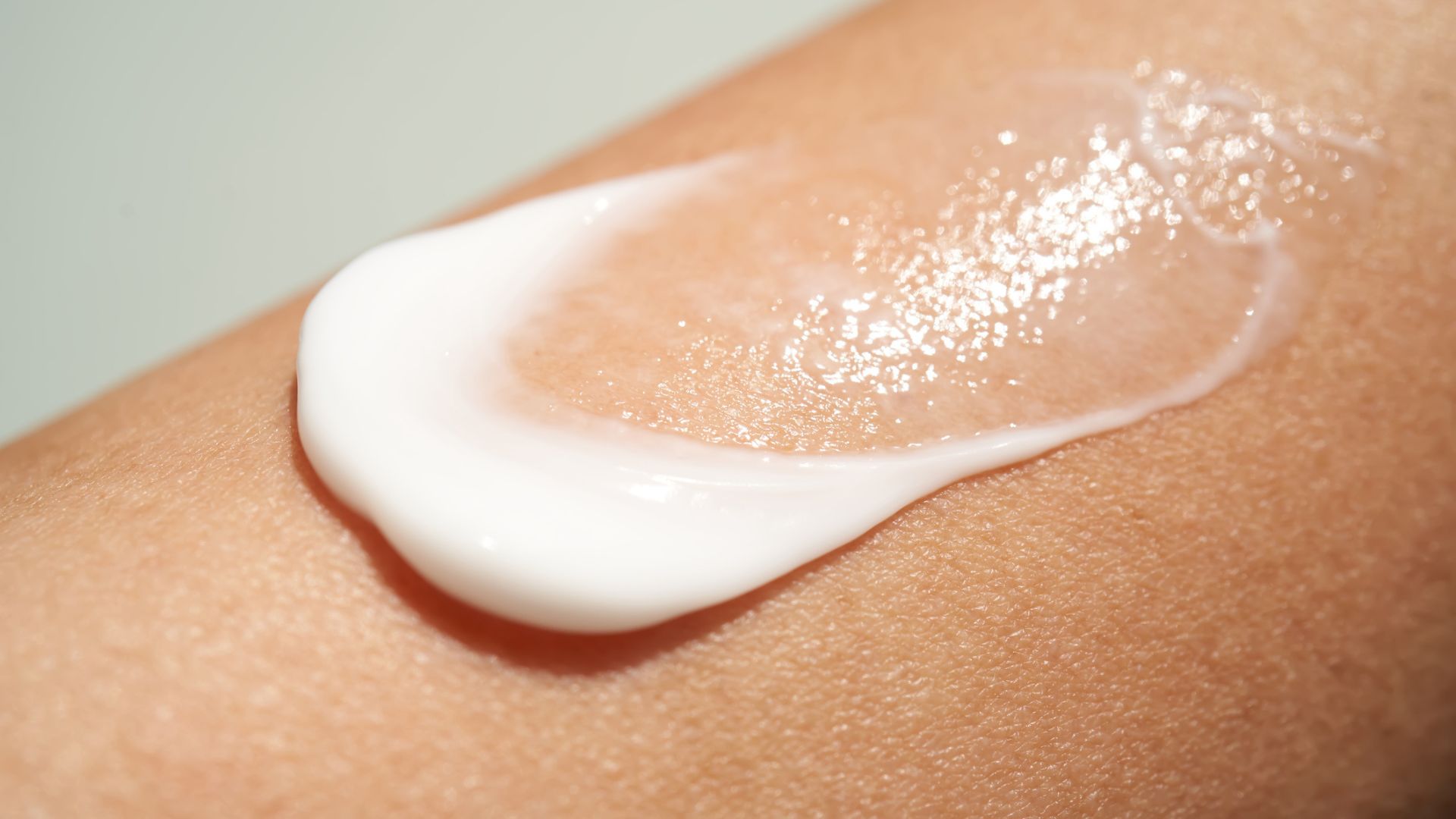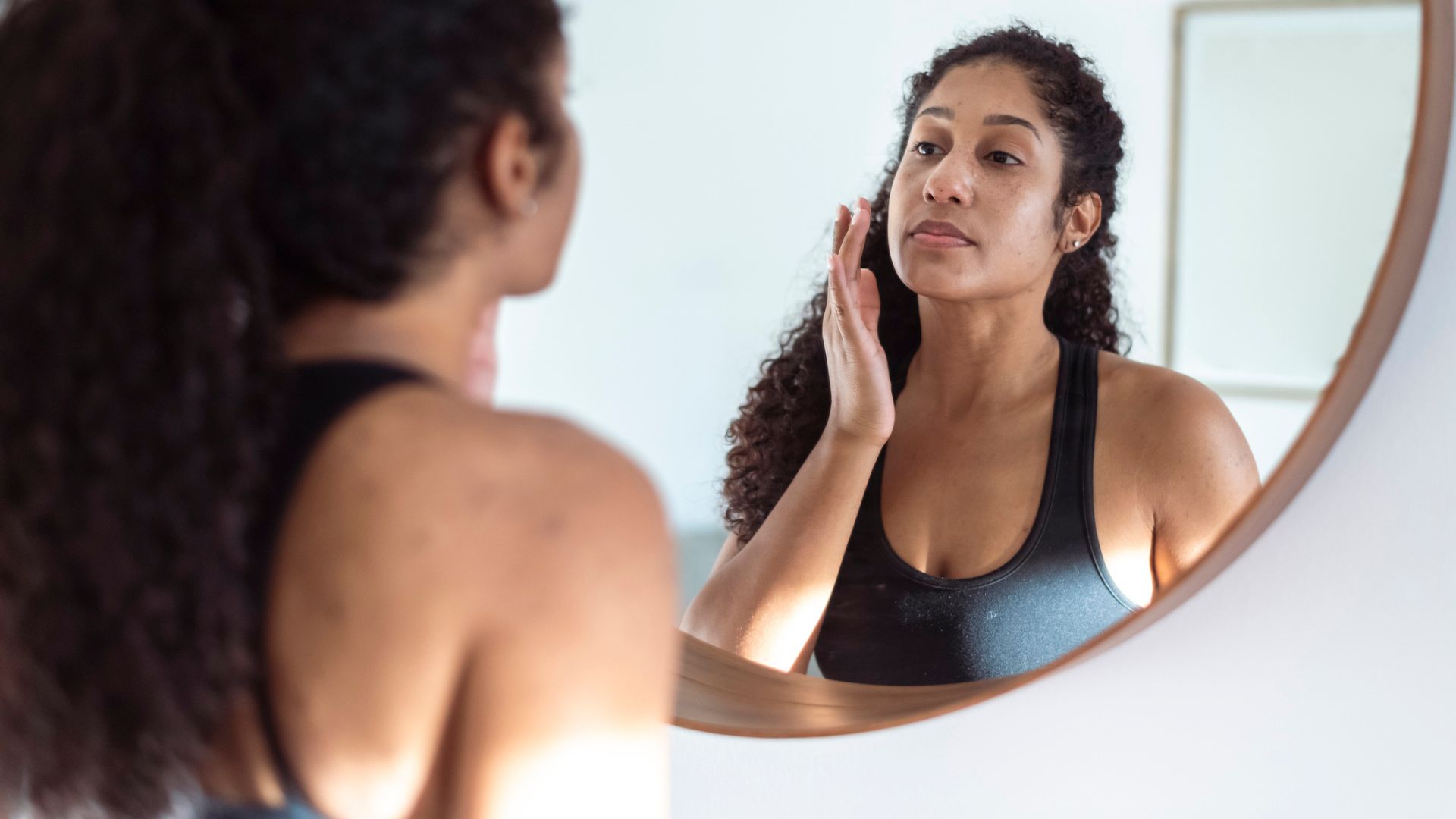What SPF sunscreen should I wear on my face every day? Plus, the mistakes doctors want you to avoid
As the summer rolls in, doctors reveal the SPF you should be wearing on your face every day and the top skin protection mistakes we often make


What SPF sunscreen should I wear on my face every day? As the sun comes out, so do questions about how we properly protect ourselves from its rays. While we know why it’s important to wear sunscreen, especially when the sun is shining, the facts on SPF and exactly which type to choose aren’t as well known.
The importance of wearing sunscreen on your face is also something that’s undervalued by many, despite being the area that attracts the most attention from the sun during the day, when not covered by shade or other forms of protection.
“SPF blocks UVA and UVB rays from interacting with our skin,” explains consultant dermatologist Dr Emma Craythorne. “These are the rays that cause maximum damage to the skin and lead to wrinkling, pigmentation spots, visible blood vessels, and increase the risk of skin cancer. SPFs absorb the UV energy from the sun, change it to heat and render it safe, and therefore, it doesn’t go deeper into the skin and cause damage.”
There are many different types of SPF out there though, from the SPF 15 in moisturizer and foundation to the maximum protection of SPF 50. Whether you choose one of the best facial sunscreen products out there or go for an old favorite, this is what dermatologists, doctors, and facialists, want you to know about protecting your face from the sun this summer.
What SPF sunscreen should I wear on my face every day?
If you want to protect yourself from skin cancers then you should wear broad-spectrum SPF 50 sunscreen, says Dr Craythone, who is also the founder of KLIRA. “Your moisturizer with SPF is usually not enough as you will want to have better UVA coverage,” she says.
When we talk about SPF, we’re referring to how well sunscreen can protect your skin from the sun’s UVB rays. As facialist Nicola Russell explains, “It refers to how long it would take for your skin to burn with the sunscreen compared to without it. However, this number doesn’t tell you how much protection you get from UVA. For this, you should look for a sunscreen that says ‘broad spectrum’ or ‘full spectrum’.”
Broad-spectrum or full-spectrum sunscreens protect against both UVB and UVA rays. While we understand UVB rays well - they’re what primarily cause sunburn - UVA is actually the most widespread all year round. These rays penetrate through clouds, fog, and even glass, and they’re prevalent throughout the day. Along with UVB, it's this type of radiation that’s responsible for premature skin aging and tanning, research by the University of Kentucky explains.
Sign up to our free daily email for the latest royal and entertainment news, interesting opinion, expert advice on styling and beauty trends, and no-nonsense guides to the health and wellness questions you want answered.
Of all sunscreens, there are also two main types to consider: mineral and chemical. “Both have their merits,” explains Dr Craythorne and many are also among the best reef safe sunscreens. “But the strongest protection comes from a formula that combines both types of ingredients.”
However, the best SPF will be one you like to wear and can afford to use every day. If you invest in a premium sunscreen and only use it a couple of times a week, you’re missing out on key skin protection benefits. “If you have found one you love to use, stick with it, as long as it’s broad-spectrum offering UVB and UVA protection,” says the dermatologist.

Should I use SPF 30 or 50 on my face?
If possible, the experts suggest using a broad-spectrum SPF 50 on your face every day. However, if SPF 30 is what’s available to you, that’s totally fine too. SPF relates to how long it would take for your skin to burn in comparison to if you had no sunscreen on at all. “For example, if you use SPF 30 then it would take 30 times longer for your skin to burn than if you had none on. This also means that the sunscreen can block about 97 percent of UVB rays," says Russell, who is also the founder of Skin Geek.
Anything lower than SPF 30 will still be beneficial, but it won't be as effective. Major health bodies, including the NHS, recommend SPF 30 at least if you're planning to go out in the sunshine. The CDC recommends sunscreen with at least SPF 15, which is often included in moisturizers and foundation with SPF. Opting for a lower SPF sunscreen is one of the most common skin protection mistakes people make though, the experts say. Here are some others...
Sunscreen mistakes to avoid
1. Not reapplying sunscreen throughout the day
It’s important to reapply your sunscreen throughout the day, the experts agree, and this is perhaps the most common mistake people make with their sun protection. “If sunscreen is applied too thinly, the amount of protection it offers is reduced,” explains general practitioner Dr Neel Patel. “Read the directions on your sunscreen and always err on the side of generosity.” If in doubt, take a look at our guide on how to reapply sunscreen.
“You should reapply every two hours or every 40 minutes when swimming or sweating excessively, especially on the face,” adds Dr Patel.
There are many formula types of sunscreen that make reapplying sunscreen easier throughout the day as well. “Ideally, we should be reapplying our SPF throughout the day to decrease our risks but it’s not always easy to do if you’re out and about. A popular type of sunscreen in the summer months is powder SPF that you can just quickly and easily dust over your face,” says Russell.
2. Not wearing waterproof sunscreen
As noted by Dr Patel, who works with Lloyd's Online Pharmacy, regular sunscreen washes off easily. Whether you're swimming as a workout, taking a dip in the sea, or just finding yourself sweating a fair bit in the heat, you'll end up washing away most of your sunscreen quicker than you can apply it. So, be sure to invest in waterproof sunblock as and when you need it.
3. Using expired sunscreen
Only use your sunscreen for one season a year? With sunscreen being relatively expensive compared to many of our essentials, it’s preferable to think you can just dig out a bottle from the back of the bathroom cabinet - but if you do, be sure to check the use-by date on the bottle. It’s one of the biggest mistakes experts see.
“Sunscreen definitely expires,” warns Dr Craythorne. “Most sunscreens have a shelf life of two to three years, although if you are using it regularly and in sufficient quantities, it should not be lasting that long. Sunscreens should have an expiration date on the bottle but you can also write the opening date on with a permanent marker to help you keep track.”
4. Not using enough sunscreen on your face
Whether you spritz your sunscreen or layer it on, it's important that you're applying the right amount, otherwise you won't have the protection you need. “As an industry standard, an SPF will only offer the protection it says on the bottle if you are using two milligrams of sunscreen per square centimeter of skin,” says Dr Craythorne. “That is really hard to work out practically, so as a guide, it works out as about a full shot glass for your whole body.”
For your face specifically, “it is the equivalent of strips of sunscreen covering the length of two fingers,” she adds. No minimal coverage here, folks.

5. Not buying moisturizer with SPF
For the days when you're planning to spend most hours inside, there's nothing wrong with just using face moisturizer with SPF. While most commonly these moisturizers offer an SPF of 10 or 15, some of them stretch to an SPF of 25 or even 30, offering a 2-in-1 deal.
However, Dr Craythorne warns, it's important to remember that the SPF in your moisturizer won't be enough in direct sunlight if it doesn't offer SPF 30 protection. You'll need to top up with additional sunscreen, she says.
"There are two main issues with relying on the SPF in your makeup. First of all, in our experience, most SPF in makeup has a low factor, commonly SPF 15. For adequate protection, we recommend SPF 30 and higher. The other issue is that you cannot apply the necessary quantity of product needed to get that level of protection. Imagine trying to blend two fingers' lengths of foundation! It's also worth noting that layering two SPF products together does not mean you get an added total of SPF protection. In other words, two layers of SPF 15 do not equal SPF30."
6. Not wearing sunscreen in winter
Sunscreen isn't just for summer, it's an all-year-round deal. "Even though we don't have the UVB rays, the UVA rays can still get to us," says Russell, explaining why we should wear sunscreen in winter. "We associate sun damage with the summer but the snow actually reflects 80% of the sun's rays, so it's good to get into the habit of applying SPF every single day."
Specifically, Dr Craythorne adds, "If you want to best protect your skin from skin cancers then [in countries with less sun like the UK] you should wear sunscreen every day from April to November. If you are trying to protect against skin aging and pigmentation then you should wear it every day, all year round."
7. Not applying enough sunscreen when dealing with certain conditions
Some prescription medications have a side effect called photosensitivity and if you're taking any of these, it's important to be extra vigilant when it comes to your SPF. "Many of these medications make your skin more sensitive to ultraviolet (UV) light from the sun and artificial sources like tanning beds," says Dr Patel.
"Sun exposure can cause painful damage to your skin and increase your risk of developing skin cancer [if you're on these medications]. Even if you don't typically burn, your chances of burning become much higher. The effects are also more severe than traditional sunburn, leading to blistering and peeling, itchy rashes, scaly bumps, and changes in pigmentation," he says.
These treatments include:
- Acne medications, such as benzoyl peroxide, topical retinoids, antibiotic treatments, isotretinoin
- lpha Hydroxy Acids (AHAs), which are sometimes found in non-prescription blemish-reduction treatments and some skin creams
- Chemical peels
- Laser treatments
8. Taking too much vitamin D
A common piece of advice when using sunscreen is to take a vitamin D supplement alongside it, with the knowledge that we produce vitamin D when the UVB rays from the sun interact with our skin - but sunblocks block UV rays. However, Dr Craythorne warns this isn't as essential as some might have thought.
"This is a question we get asked all the time," she says. "Vitamin D is very important as it helps strengthen our bones and has a role in immune function but [as well as getting it from sun rays], we can get vitamin D through our food or as supplements."
She outlines studies, such as those by the University of Liège, which show that while it's theoretically possible for high-level sunscreen to block vitamin D production, it's actually very unlikely in practical terms. "We only need about 10-15 minutes of sun exposure three times per week in order to make sufficient vitamin D," she says.

Grace Walsh is woman&home's Health Channel Editor, working across the areas of fitness, nutrition, sleep, mental health, relationships, and sex. She is also a qualified fitness instructor. In 2025, she will be taking on her third marathon in Brighton, completing her first ultra marathon, and qualifying as a certified personal trainer and nutrition coach.
A digital journalist with over seven years experience as a writer and editor for UK publications, Grace has covered (almost) everything in the world of health and wellbeing with bylines in Cosmopolitan, Red, The i Paper, GoodtoKnow, and more.